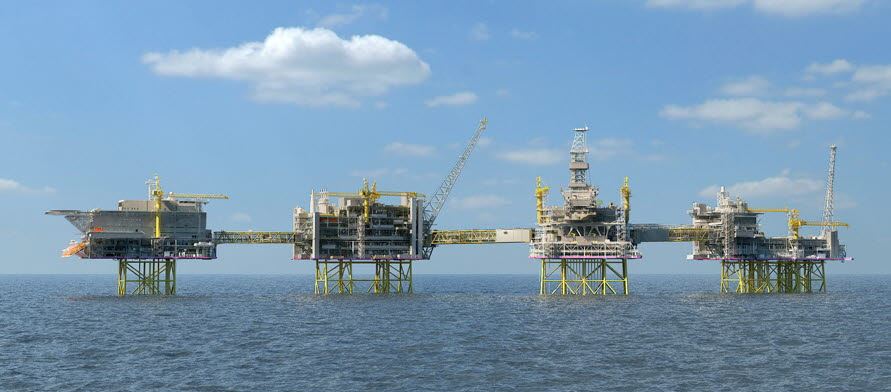So far, more than 6300 wells have been drilled on the Norwegian Continental Shelf, and about 200 new ones are expected to be drilled every year. To minimize the environmental footprint of oil and gas activities, we have to ensure that these do not become sources of hydrocarbon leakage over time. Well materials have limited lifetime in the harsh downhole conditions. It is therefore crucial to gather information about their state in order to identify if, when, and where remediation is necessary. This is especially challenging for permanently plugged and abandoned wells, as their top part is severed several meters below the seafloor.
The main objective of this project is to develop a novel cost-efficient method for tophole non-invasive monitoring of permanently plugged wells that are cut below the seafloor. This will be the first method of its kind, and it opens several opportunities for operators and service providers: (i) knowledge of the safety status of plugged wells over time, (ii) early identification of problem wells and indications of where remediation is needed, (iii) information on how to improve well construction and plugging methods in the future, (iv) safer and more flexible re-use of reservoir space for e.g. CO2 storage.
Research partners
- SINTEF Industry
- SINTEF Digital
- Aker Solutions
- Norwegian University of Science and Technology (NTNU)
- Lawrence Livermore National Laboratory
Aker Solution will have an active role in the project.
Partners of the NCCS consortium

The project is financed by: Petromaks2 / The Resarch Council of Norway.
Project No. 295132.

